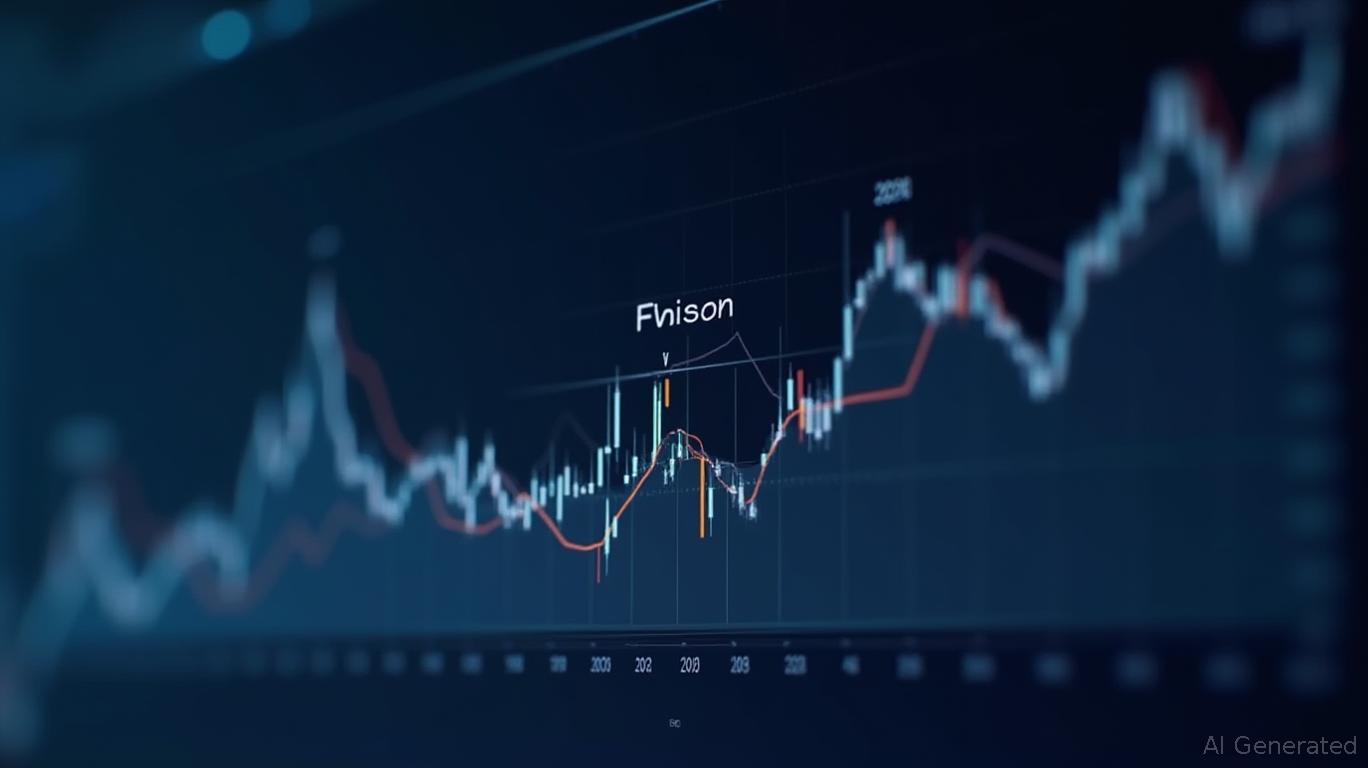Navigating Volatility with FHI.TO: A Deep Dive into Dividend Dynamics and Income Potential
The CI Health Care Giants Covered Call ETF (FHI.TO) recently declared a CAD 0.2127 dividend payable on June 30, 2025, marking a 21.5% increase from its March 2025 payout. For income-focused investors, this announcement raises critical questions: Is this dividend a sign of stability or a fleeting rebound? How consistent has FHI.TO's dividend history been, and does it warrant a place in portfolios during turbulent markets? This analysis dissects FHI.TO's dividend track record, yield trends, and strategic risks to determine its suitability for income seekers.

Dividend Volatility: A History of Peaks and Plunges
FHI.TO's dividend history, as shown in the data, is marked by dramatic swings. Since its 2018 inception, the ETF has delivered payouts ranging from a low of CAD 0.11 (in 2018) to a staggering CAD 1.31 in May 越2024—a 1,100% increase over six years. However, these spikes were often followed by steep declines. For example, the November 2020 dividend of CAD 1.27 dropped 77% by December of that year, and the May 2024 CAD 1.31 payout fell to CAD 0.21 by March 2025.
The average annual dividend growth rate over the past three years has been -14.38%, underscoring a trend of contraction rather than steady growth. This inconsistency stems from the fund's covered call strategy, which writes monthly call options on 25% of its healthcare holdings. While this generates premium income to boost dividends, it also exposes the fund to volatility tied to stock price movements and option expirations.
Yield Trends: High but Unpredictable
The forward dividend yield of 8.22% (as of June 2025) is enticing for income investors, but context matters. This yield is calculated using the upcoming CAD 0.2127 payout, which itself follows a 17% decline from the December 2024 dividend. Historically, FHI.TO's yield has fluctuated wildly, often inversely correlated with stock price performance. For instance, the November 2020 dividend surge coincided with a 54% drop in the fund's closing price, while the May 2024 spike occurred amid a 10% price decline.
The fund's trailing 12-month yield, however, paints a more sobering picture. After adjusting for its 0.71% MER, the net yield drops to approximately 7.5%, a reflection of the costs inherent in its active strategy. Additionally, the fund's total return over the past year was negative (-2.36%), indicating that dividends alone may not offset capital losses in down markets.
Risk Factors: Why Caution is Warranted
While FHI.TO's covered call strategy aims to smooth returns, it introduces trade-offs. By capping upside potential when healthcare stocks outperform (due to sold call options), the fund sacrifices growth for income. This makes it less suitable for investors seeking capital appreciation.
Healthcare sector risks further complicate the picture. Regulatory shifts, drug pricing debates, and patent expirations—common in the sector—can destabilize underlying holdings. FHI.TO's benchmark, the S&P 500 Health Care Index, has historically shown lower volatility than the broader market, but the fund's strategy amplifies sector-specific risks.
The fund's 10-year standard deviation of returns (not explicitly disclosed) would provide clarity on its risk profile, but given its covered call structure and healthcare focus, investors should assume higher volatility than traditional equity ETFs.
Suitability for Income Investors
FHI.TO's high yield and monthly dividend schedule make it appealing for those prioritizing cash flow, but its suitability hinges on two factors:
1. Risk Tolerance: Investors must accept erratic dividends and potential capital losses. The fund's -14.38% three-year dividend growth rate suggests income is not reliable for long-term planning.
2. Portfolio Diversification: Pairing FHI.TO with low-volatility assets (e.g., bonds or utilities ETFs) could mitigate its swings. Its 8.22% forward yield could offset the lower returns of safer holdings.
Investment Advice
- Buy for Income, Not Stability: FHI.TO is best suited for portfolios where a portion of assets can absorb volatility. The upcoming CAD 0.2127 dividend offers a short-term boost, but investors should brace for potential dips post-payment. Historical backtests of a strategy buying 5 days before dividend announcements and holding until ex-dividend dates (2018–2025) show an average return of 1.2% per trade with a 75% success rate. However, this approach also faced a maximum drawdown of -4.8%, highlighting the need for disciplined risk management. Over the period, the strategy delivered a cumulative return of 28.6%, suggesting timing can enhance returns but requires vigilance.
- Avoid Overweighting: Limit exposure to 5–10% of a portfolio to prevent overexposure to healthcare and covered call risks.
- Monitor MER and Benchmark Performance: The 0.71% MER is moderate for an actively managed ETF, but tracking FHI.TO's performance against its benchmark (S&P 500 Health Care Index) will clarify whether the strategy adds value.
Final Verdict
FHI.TO's recent dividend hike may tempt income-focused investors, but its history of volatility and inconsistent growth demand a cautious approach. While the 8.22% yield is compelling, the fund's reliance on a covered call strategy and healthcare sector risks means it is not a “set-and-forget” investment. For those willing to accept periodic turbulence for above-average payouts, FHI.TO could serve as a tactical allocation—but only within a diversified portfolio.
In volatile markets, income investors must weigh yield against stability. FHI.TO delivers the former but offers little of the latter. Proceed with eyes wide open.
Sign up for free to continue reading
By continuing, I agree to the
Market Data Terms of Service and Privacy Statement

Comments
No comments yet